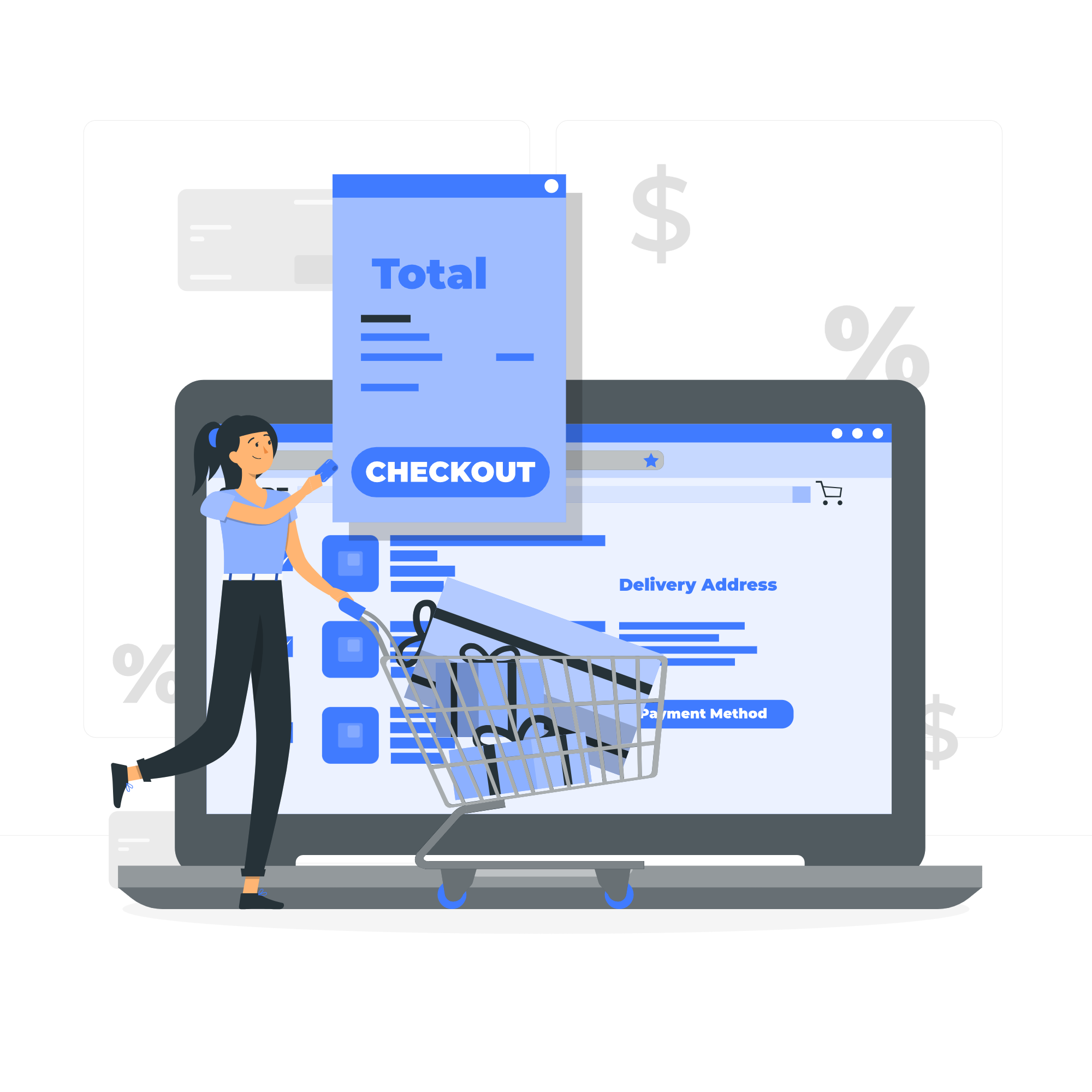Commerce media is no longer confined to the walls of online stores. Today, it's a powerful strategy influencing the worlds of IT, retail, and ad-tech, redefining how brands and customers interact.
- Unknown

What is Commerce Media?
Commerce Media is a new approach to digital advertising that’s changing how commerce is done. The meaning of each word that forms the expression is:
Commerce- The broad range of online activities for purchasing and selling various goods and services that take place through online mediums or physically located retail stores. In such a wide-ranging process, each touchpoint engages with a consumer, right from awareness to final conversion. Each one of these touchpoints plays a decisive role in informing the decision-making journey of the consumer, thereby culminating in a commerce outcome that may come in the form of a successful sale or a completed sign-up of service.
Media- The digital channels where people are reached or influenced with promotional content. Examples include but are not limited to, paid display, paid search, retail media, video and CTV, and social media.
The key to commerce media is the existence of large-scale commerce data of purchase and applying it to audience enrichment for adding relevancy and connecting that to media to deliver the right ad in the right place.
The driving force of commerce media is in the presence of extensive and huge data on commerce, be it purchase data or intent data. It's also about delivering relevant ads at all touchpoints in the process - from discovery to consideration, all the way through conversion-driving measurable commerce outcomes across it.
Why is Commerce Media Important?
The rise of commerce media is no surprise, given the trends that have converged over the past five to 10 years.
First, there were the surprise COVID-19 lockdowns and restrictions, which accelerated e-commerce growth by five years. Shoppers who had never considered shopping online or using a mobile app to make their grocery lists began doing so in record numbers—and, it turns out, they liked the new conveniences.
Retail brands could use commerce media networks to meet the growing number of digital consumers with cross-channel ads, promotions, features, and recommendations tailored to shoppers’ unique interests and activities.
Second, there was the gradual deprecation of cookie-based consumer tracking from website to website that has left advertisers with a more siloed view of their overarching audience engagement across all channels. With subscriber opt-in models, retail media and commerce media solutions are logical replacements that help retailers and brands connect the dots of marketing efficacy. As cookies disappear entirely later this year, brand partnerships with providers of opt-in, first-party data ecosystems will be necessary to maintain insight into the end-to-end customer journey.

Thirdly, the runaway success of commerce media as a side hustle revenue stream is driving more widespread adoption. While e-commerce giants and big box retailers were among the first adopters, local grocers, convenience marts, and dollar stores soon got into the game once word about the 50 to 70 percent profit margins got out.
Even though it’s a booming business, the market is still far from saturated.
According to McKinsey surveys, 82 percent of advertisers plan to increase commerce media spending through 2023—some by more than 10 percent.
Commerce media helps brands:
● Collect data in a secure, opt-in environment that respects user privacy
● Connect audience impressions with online and offline transactions
● Improve the efficiency of ad campaigns through aggregated first-party datasets
● Serve contextual, shoppable ads that allow direct purchases without navigating away
Retailers gain additional revenue, as well as customer loyalty out of the deal. Given that everyone wins with such a system, Advertising Week predicts, “Commerce media is poised to bear fruit for a long time to come.”
Difference between Retail & Commerce Media:
While in some instances, it doesn’t really matter if it's a retail media network or a commerce media network, in reality, understanding these nuances is crucial as they directly influence how advertising strategies are formulated and executed. Each requires different management tactics, expertise and strategic planning due to their operational and target audience differences. The clear distinction between them ensures that marketers can allocate resources and design campaigns that are optimally aligned with their specific goals and the platforms they're using.
Blending or Convergence of Data & Media:
Commerce media has sparked a transformative shift, where data and media no longer function in isolation. Instead, they're converging to create a more seamless, personalized, and efficient consumer experience. In today’s landscape, it’s not just about broadcasting ads or offering products—it’s about leveraging data to deliver the right message at the right time, in the right format.
Traditional advertising was often a one-way communication—brands sent out a message, hoping it would resonate. But with the convergence of data and media, every ad, email, or piece of content is data-powered and hyper-targeted.
Commerce media enables companies to:
- Use first-party data (information collected directly from customers) to tailor their ads and content specifically to individual preferences.
- Tap into real-time analytics to measure performance and adjust strategies on the go.
- Create campaigns that are contextual and dynamic, offering products or services that meet customers at the perfect moment in their buying journey.
The result? Ads feel less like disruptions and more like value-driven content.
Cross-Industry Impact: IT, Retail, and Ad-Tech

In the IT industry, this convergence is being driven by cloud computing and big data analytics. These tools allow companies to process vast amounts of data quickly and efficiently, which then informs media strategies with laser-focused precision.
For the retail sector, this evolution enables omnichannel marketing. Retailers now leverage data from both online and physical stores to offer customers a consistent, personalized experience—whether they’re shopping on a website or in-store.
And in ad-tech, the convergence of data and media is revolutionizing how brands bid for ad space and engage consumers. With programmatic advertising and real-time bidding, ad-tech platforms use data to serve ads to the right person at the right time, optimizing every marketing dollar spent.
The New Currency: First-Party Data
At the heart of this convergence is the growing reliance on first-party data. As third-party cookies phase out and privacy regulations tighten, industries are turning to their own data sources to understand consumer behavior more deeply. By owning this data, companies can not only reduce reliance on external vendors but also build stronger, more authentic relationships with their customers.
Data has become the new currency in commerce media, allowing businesses across IT, retail, and ad-tech to create smarter, more impactful media strategies.
Road Ahead:
The success of retail media has proven that commerce data is the new gold standard and, in the impending post-cookie era, one of the most valuable signals marketers can use to target and optimize audiences.
Building a commerce media solution requires the right partner. McKinsey’s survey identified a number of pain points advertisers encounter when working within these systems. Retailers will need to serve their brand partners transparent campaign effectiveness reports, unique shopper insights, and an easy-to-use platform if they want their fledgling advertising businesses to succeed.
As a leader in commerce technology, Carter offers tools and technologies needed to help any retailer begin their commerce media journey, including a team of business experts who help optimize brand partnerships, reporting and revenue generation.
Want to know how? Try Carter
Phone illustrations by Storyset Work illustrations by Storyset Photo credit illustrations by Storyset

